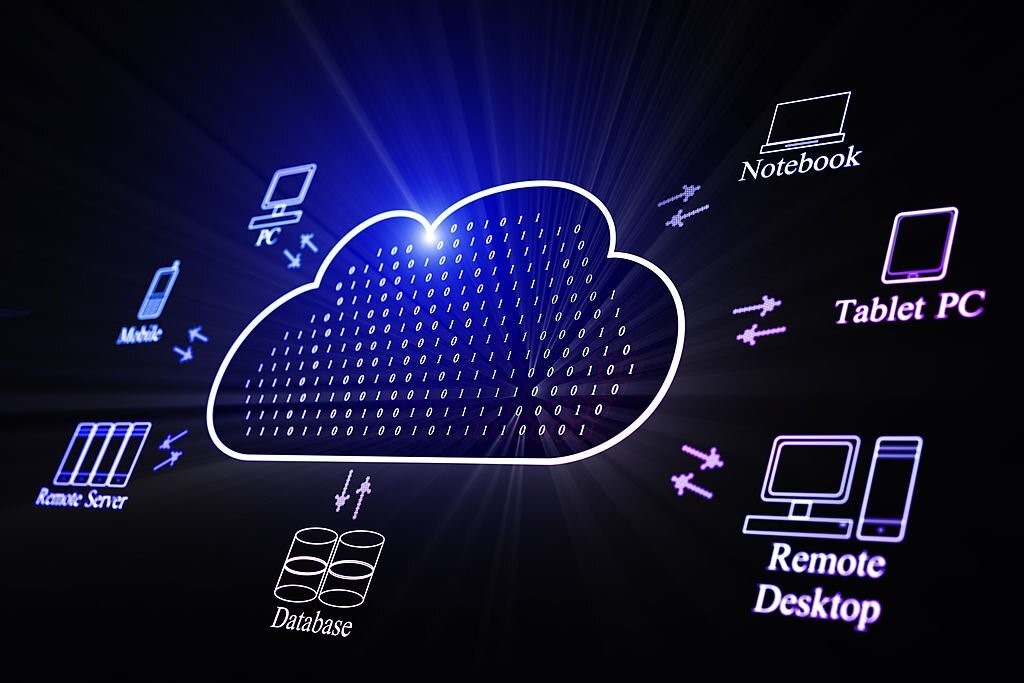Data Management Software for Cross-platform Data Migration and Synchronization
Introduction
In today’s digital age, the amount of data generated by individuals and corporations is increasing at an exponential rate. As data becomes more important for decision-making and operational effectiveness, so does the demand for effective data management solutions. Data migration and synchronization across many platforms is a critical part of data management.
In this article, we will look at the importance of data management software, with a particular emphasis on cross-platform data migration and synchronization solutions.
Understanding Data Management Software
A collection of tools designed to efficiently organize, store, and manipulate data is referred to as data management software. This program is critical in maintaining data integrity, security, and accessibility. It enables enterprises to successfully manage their data lifecycle, from initial generation to archival or destruction.
The Importance of Cross-platform Data Migration and Synchronization
1. Streamlining Operations
Businesses can streamline their operations by centralizing data from multiple sources into a single location via cross-platform data transfer and synchronization. This guarantees that the data is consistent and up to date across all platforms, reducing redundancies and errors.
2. Enhancing Data Accessibility
Users can access and use data regardless of their location or device because it is available across multiple platforms. This accessibility improves collaboration by allowing teams to work together without facing compatibility difficulties.
3. Boosting Efficiency
Data migration and synchronization activities that are automated considerably boost efficiency. Manual data transfer takes time and is prone to errors. Businesses can save time and costs while achieving faster and more accurate data mobility by adopting data management software.
4. Ensuring Data Security
Data management software has strong security safeguards to safeguard sensitive data during migration and synchronization. Data is protected from unauthorized access or breaches by encryption and secure authentication mechanisms.
Key Features of Data Management Software for Cross-platform Data Migration and Synchronization
1. Compatibility
Effective data management software should be cross-platform, database, and file format compatible. This adaptability ensures that data is exchanged between systems without loss or corruption.
2. Data Mapping
Users can define relationships between data fields in source and target platforms using data mapping capabilities. This ensures that data is translated and mapped correctly during the migration and synchronization operations.
3. Real-time Synchronization
Real-time synchronization ensures that data changes are promptly updated and mirrored across platforms. This functionality is critical for firms that rely on real-time data for their operations.
4. Error Handling
Robust error handling systems aid in the detection and correction of problems during data migration and synchronization. The program should give extensive logs and data to allow users to properly troubleshoot and fix faults.
5. Scalability
As a company expands, so do its data management needs. Scalability is required to support increased data volumes and the addition of additional platforms.
Challenges in Data Management Software
1. Data Security Concerns
The risk of data breaches increases as data is exchanged between systems. To protect sensitive information, data management software must use robust encryption and security mechanisms.
2. Data Integrity
Maintaining data integrity is critical during transfer and synchronization. Any disparities or inaccuracies might lead to poor decision-making and inefficient operations.
3. Compatibility Issues
Data architectures and formats on various systems are frequently varied. These changes must be handled seamlessly by data management software.
4. Data Mapping Complexity
Data field mapping from one platform to another can be difficult, especially when dealing with huge datasets. It is difficult to ensure correct data mapping.
Related FAQ’s
Q: Is data migration a time-consuming process?
A: Data migration can be time-consuming when dealing with large databases. On the other hand, utilising effective data management software can considerably speed up the procedure.
Q: What happens if data is not synchronized in real-time?
A: Inconsistent information may come from variations between data sets on different platforms if data is not synchronised in real-time.
Q: Can data management software handle both structured and unstructured data?
A: Yes, advanced data management software can easily convert and synchronise both structured and unstructured data.
Q: How does data management software handle data conflicts during synchronization?
A: Data management software frequently contains conflict resolution algorithms to prioritise data updates based on predetermined rules or timestamps.
Q: Is it necessary to invest in data management software for small businesses?
A: Small businesses can benefit from data management software by increasing data organisation and accessibility, even though the level of data management may vary.
Conclusion
For firms looking to optimize their data-related activities, data management software for cross-platform data transfer and synchronization is a must-have. Such software plays a critical role in maximizing the value of data assets by streamlining operations, improving accessibility, increasing productivity, and assuring data security. However, while picking an appropriate data management solution, firms must carefully analyze their individual demands and challenges.

